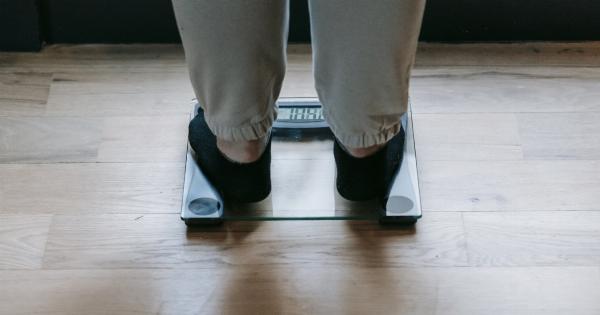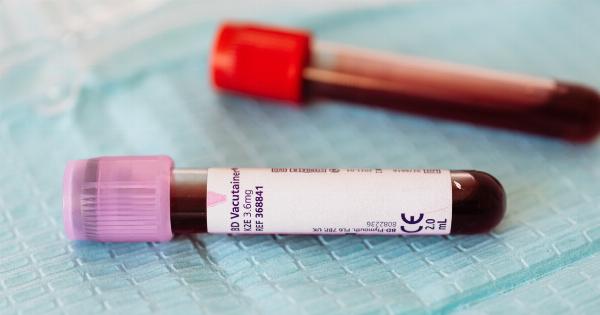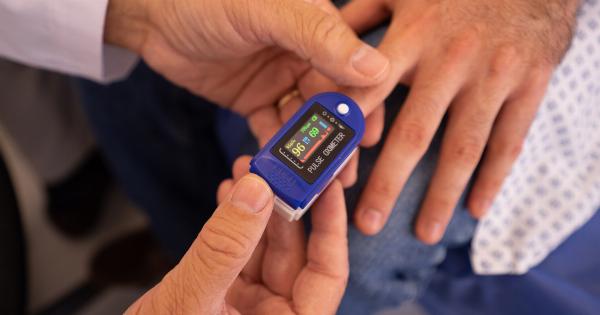Leg pain can be a distressing symptom that can greatly impact a person’s quality of life. While leg pain can occur due to various reasons such as muscle strains, injuries, or overuse, certain diseases can also be the underlying cause.
In this article, we will explore three diseases that commonly cause leg pain and discuss their symptoms, causes, and treatment options.
1. Peripheral Artery Disease (PAD)
Peripheral artery disease (PAD) refers to a condition where there is a buildup of fatty deposits in the arteries, reducing blood flow to the limbs, most commonly to the legs.
This reduced blood flow can cause leg pain, especially during physical activity, which is known as claudication. Other symptoms of PAD may include leg weakness, numbness, or a tingling sensation.
The primary cause of PAD is atherosclerosis, a condition characterized by the accumulation of plaques in the arterial walls.
Risk factors for developing PAD include smoking, diabetes, high blood pressure, high cholesterol levels, obesity, and a family history of the disease.
Treatment for PAD typically involves lifestyle changes such as quitting smoking, adopting a healthy diet, regular exercise, and managing other underlying conditions like diabetes or high blood pressure.
In some cases, medication to improve blood flow or surgical interventions like angioplasty or bypass surgery may be necessary.
2. Deep Vein Thrombosis (DVT)
Deep vein thrombosis (DVT) is a condition where blood clots form in the deep veins of the legs, impeding blood flow and causing leg pain. DVT commonly manifests as swelling, warmth, and redness in the affected leg.
The pain may worsen when standing or walking.
There are several risk factors for developing DVT, including prolonged immobility, smoking, obesity, pregnancy, certain medications, and a family history of blood clots.
Individuals who have recently undergone surgery or experienced trauma are also at an increased risk.
Treatment for DVT usually involves the use of blood-thinning medications (anticoagulants) to prevent the clot from enlarging or breaking off and causing a pulmonary embolism.
Compression stockings may also be recommended to improve blood flow and reduce swelling. In severe cases, more invasive procedures like thrombolysis (dissolving the clot) or placement of a vena cava filter (to prevent clots from traveling to the lungs) may be necessary.
3. Sciatica
Sciatica is a condition characterized by pain that radiates along the sciatic nerve, which extends from the lower back, through the buttocks, and down the back of each leg.
This pain is often caused by compression or irritation of the sciatic nerve, most commonly due to a herniated disk in the spine.
The main symptom of sciatica is leg pain, which can vary in intensity from a mild ache to a sharp, burning sensation. Other symptoms may include numbness, tingling, or muscle weakness in the leg or foot.
Treatment for sciatica typically involves conservative measures such as rest, physical therapy, and anti-inflammatory medications. In some cases, corticosteroid injections or surgery may be considered if the pain persists or worsens.
Conclusion
Leg pain can have a significant impact on a person’s daily life and mobility. It is important to recognize that leg pain can be a symptom of underlying diseases such as peripheral artery disease, deep vein thrombosis, or sciatica.
If you experience persistent or severe leg pain, it is advisable to consult a healthcare professional for an accurate diagnosis and appropriate treatment.




























